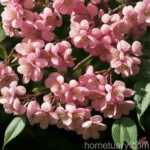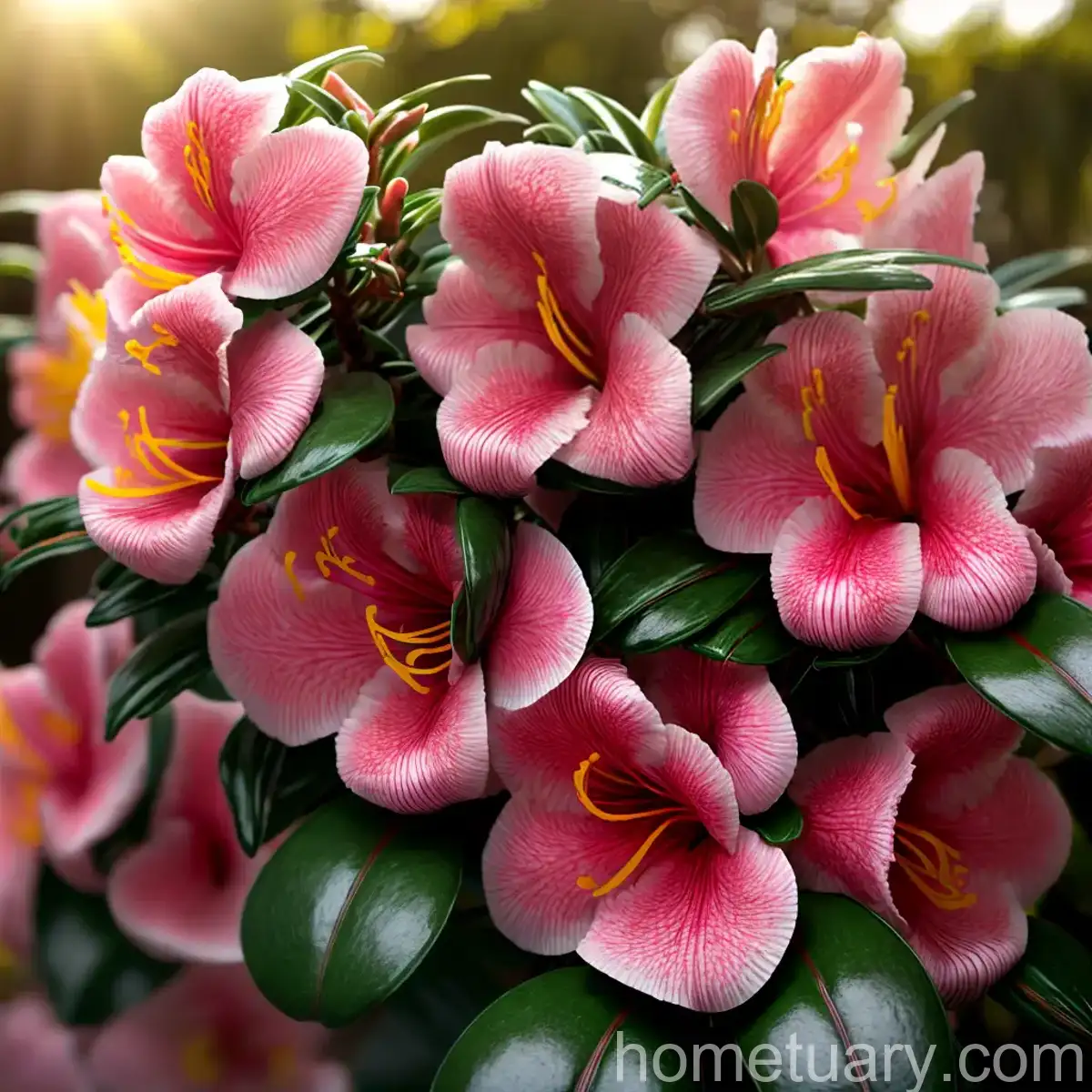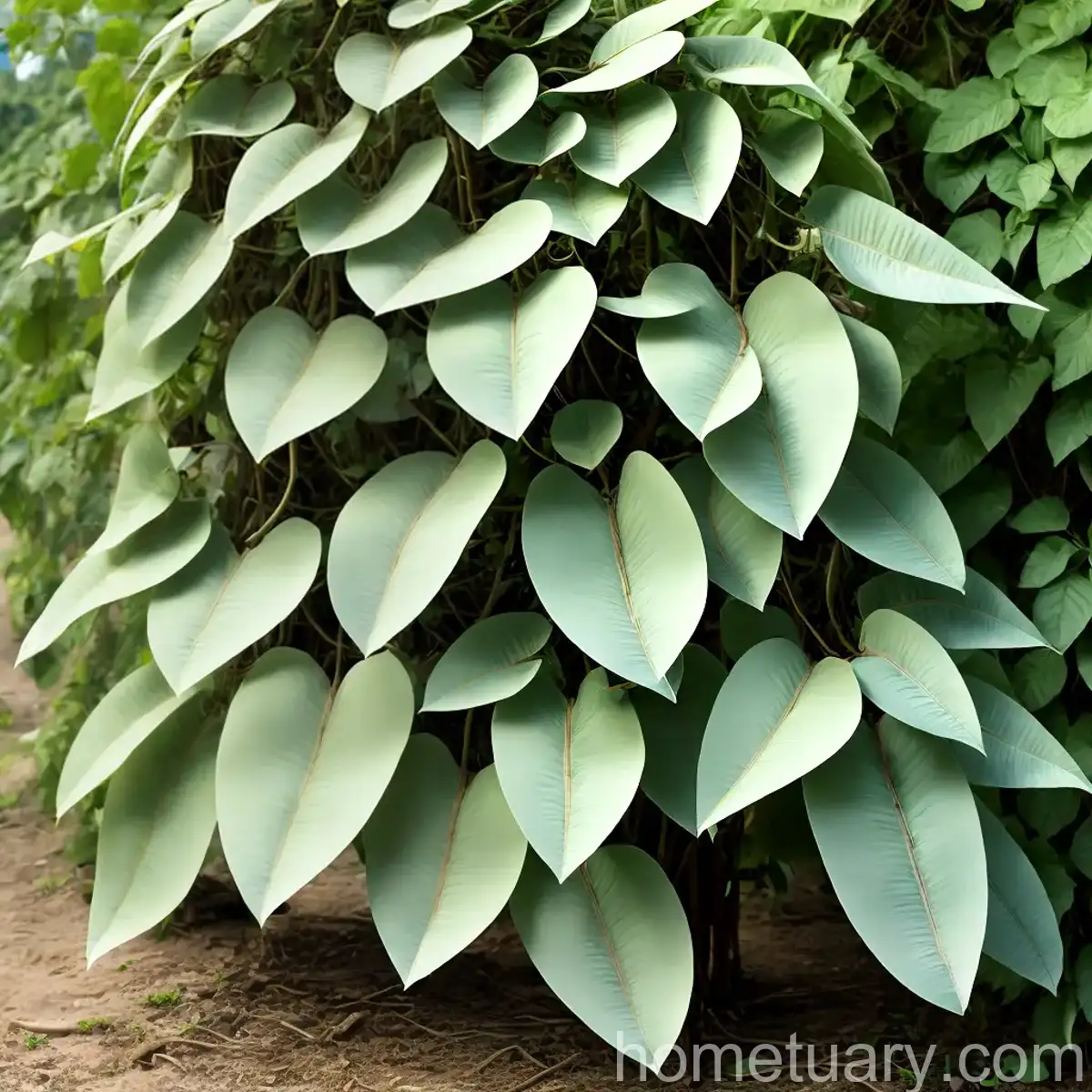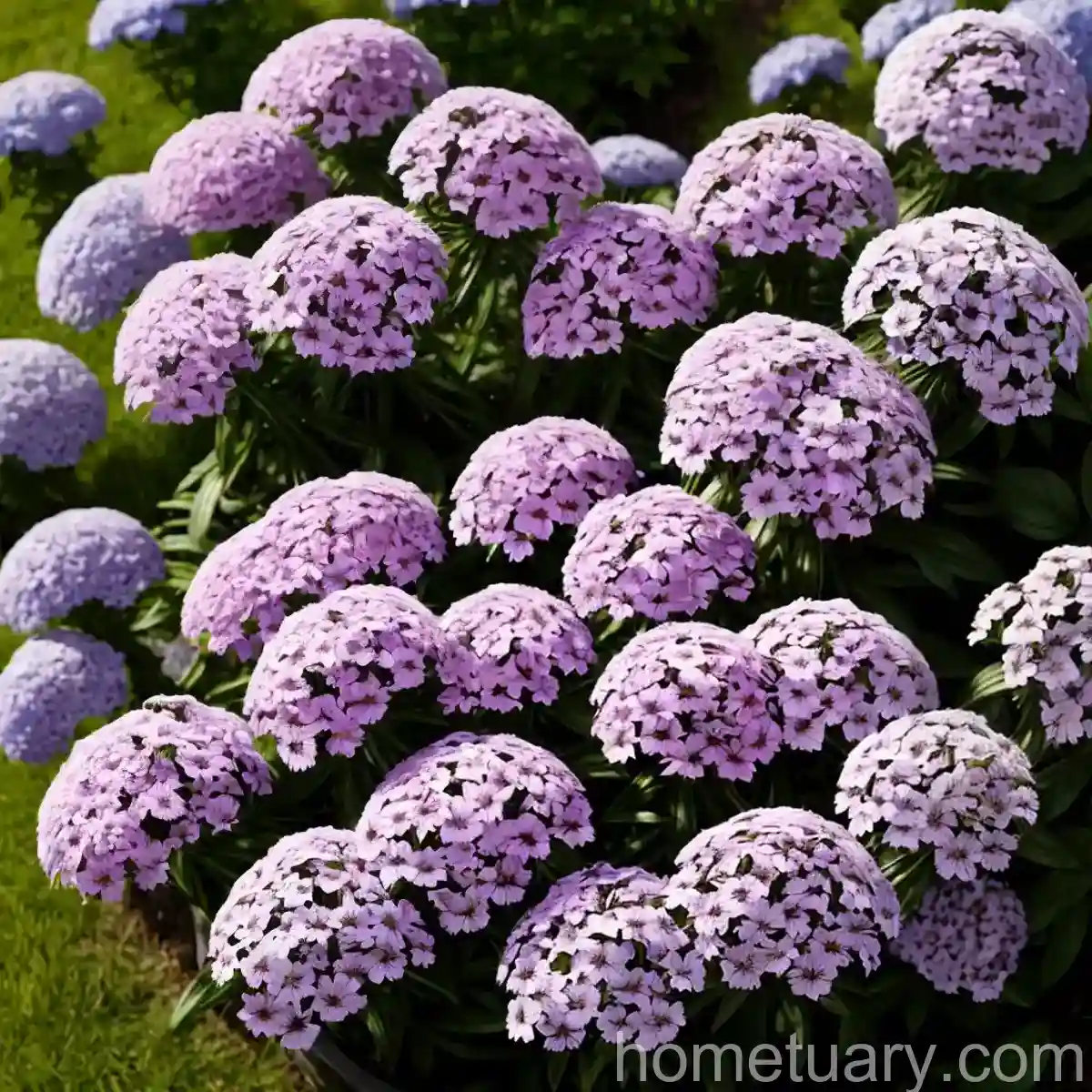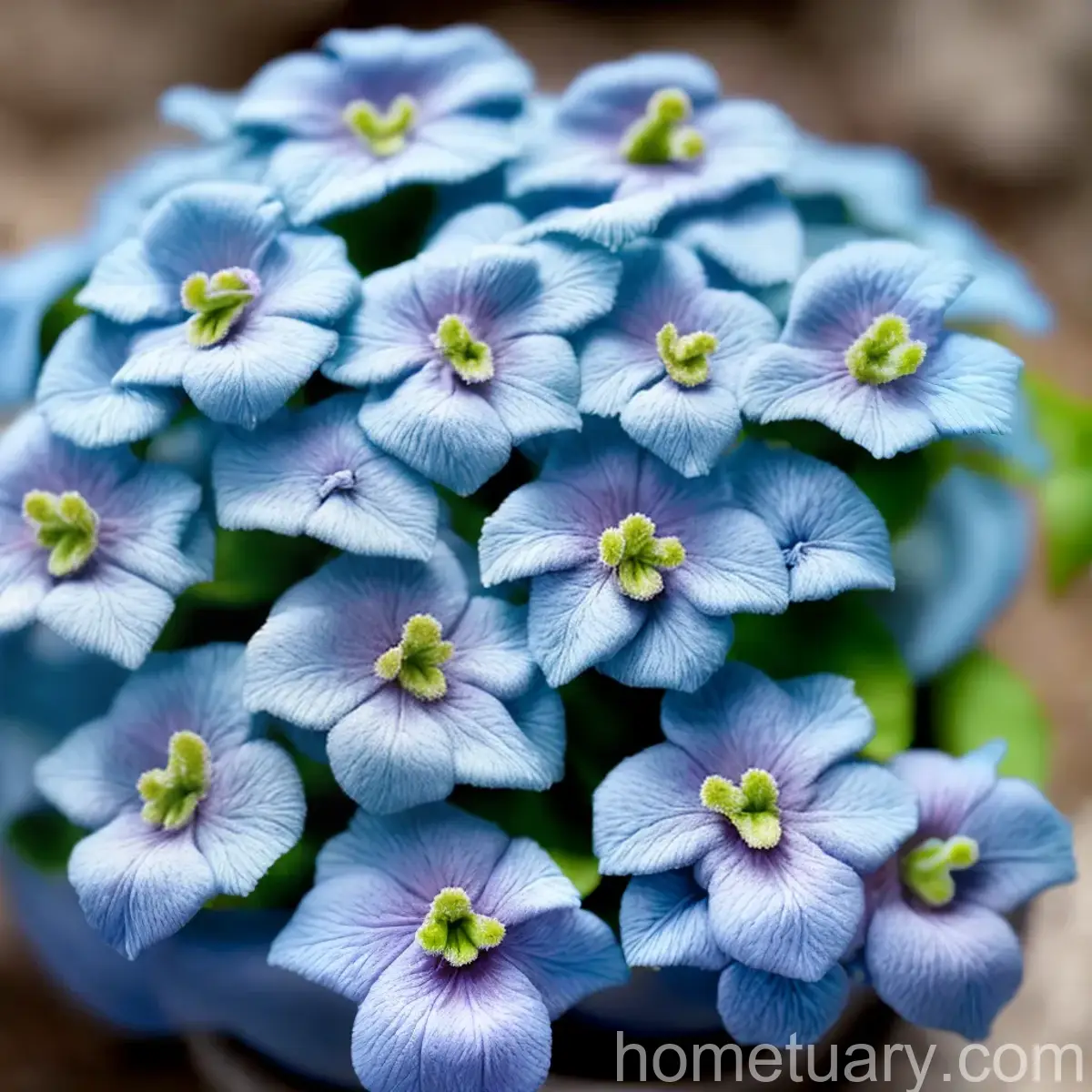David’s Peach (Prunus davidiana): A Complete Guide
Introduction to Prunus davidiana
Prunus davidiana, commonly known as David’s peach, is a species of deciduous fruit-bearing tree native to central and eastern Asia. This plant belongs to the Rosaceae family and is closely related to the domestic peach tree (Prunus persica). David’s peach is celebrated for its ornamental features, delicious fruits, and versatility in various landscapes. In this comprehensive guide, we will delve into the various aspects of cultivating and caring for David’s peach trees.

Key Takeaways – David’s Peach (Prunus davidiana)
Before we delve into the specifics of cultivating and caring for David’s peach trees, let’s outline the key takeaways of this remarkable plant:
- Scientific Name: Prunus davidiana
- Common Name: David’s Peach
- Family: Rosaceae
- Native Habitat: Central and Eastern Asia
- Fruit Type: Deciduous
- Ornamental Qualities: Attractive flowers and foliage
- Fruit: Edible and flavorful
- Uses: Culinary, ornamental, and landscape enhancement
Now that we have an overview of David’s peach, let’s explore the various aspects of its cultivation and care.
Cultivation of David’s Peach (Prunus davidiana)
Cultivating David’s peach requires attention to several key factors, including water, sunlight, fertilizer, soil, pruning, and propagation. We will explore each of these elements in detail to ensure the successful growth and development of this remarkable tree.
Uses
David’s peach (Prunus davidiana) serves numerous purposes, making it a valuable addition to gardens, orchards, and landscapes:
- Culinary Uses: The fruits of David’s peach are highly esteemed for their delicious flavor and are used in a variety of culinary applications, including jams, preserves, and desserts.
- Ornamental Value: The tree exhibits beautiful flowers in the spring and lush foliage throughout the growing season, making it a visually appealing addition to any garden or landscape.
- Wildlife Attraction: The fruits of David’s peach attract birds and wildlife, contributing to the biodiversity of the surrounding ecosystem.
Now, let’s turn our attention to the specific requirements for successfully growing and caring for David’s peach trees.
Water
Proper irrigation is essential for the health and vitality of David’s peach trees. Adequate moisture ensures optimal fruit production and overall tree vigor. When considering the water requirements of David’s peach, it’s crucial to take into account the following factors:
- Establishment Phase: Young trees require frequent watering to aid in root establishment and early growth.
- Mature Trees: Once established, David’s peach trees benefit from deep, infrequent watering to encourage deep root development and drought resistance.
- Soil Moisture: Regular monitoring of soil moisture levels is recommended to prevent water stress and promote healthy growth.
To facilitate effective irrigation, consider utilizing mulch around the base of the tree to conserve soil moisture and reduce water evaporation.
Sunlight
David’s peach trees thrive in full sun, requiring at least six to eight hours of direct sunlight daily. Adequate sunlight exposure contributes to robust growth, abundant flowering, and high-quality fruit production. When selecting a planting location for David’s peach, prioritize areas with ample sunlight and minimal shade to ensure the tree’s vitality and productivity.
Fertilizer
Fertilization plays a vital role in providing David’s peach trees with essential nutrients for growth and development. When fertilizing David’s peach, consider the following guidelines:
- Balanced Fertilizer: Utilize a balanced fertilizer formulated for fruit trees to provide a comprehensive array of essential nutrients.
- Timing: Apply fertilizer in early spring before the onset of new growth and again in late spring or early summer to support fruit development.
- Application Method: Broadcast the fertilizer evenly around the drip line of the tree, avoiding direct contact with the trunk to prevent potential damage.
Regular fertilization promotes healthy foliage, strong root development, and bountiful fruit production in David’s peach trees.
Soil
The selection of well-draining, fertile soil is critical to the success of David’s peach cultivation. When evaluating soil for David’s peach trees, consider the following characteristics:
- Drainage: Ensure that the soil provides adequate drainage to prevent waterlogging, which can compromise root health and lead to disease issues.
- pH Level: David’s peach trees thrive in slightly acidic to neutral soil with a pH range of 6.0 to 7.0. Conducting a soil test can help determine the soil pH and guide necessary amendments.
- Organic Matter: Incorporating organic matter, such as compost or well-rotted manure, into the soil can enhance its fertility and structure, promoting optimal growth and fruit production.
By selecting a suitable planting site and preparing the soil accordingly, you can provide a favorable environment for the healthy establishment and growth of David’s peach trees.
Pruning
Pruning is a fundamental aspect of maintaining the health, shape, and productivity of David’s peach trees. Proper pruning practices contribute to improved air circulation, light penetration, and fruit quality. When approaching the pruning of David’s peach trees, consider the following principles:
- Timing: Conduct major pruning during the dormant season in late winter to early spring, before new growth emerges.
- Objective: Focus on removing dead, damaged, or diseased branches, as well as thinning out excessive growth to promote airflow and sunlight penetration.
- Training: Employ training techniques to establish a well-structured central leader and scaffold branches, setting the foundation for a sturdy and productive tree.
Regular and judicious pruning enhances the overall vigor and fruiting capability of David’s peach trees, contributing to their long-term health and productivity.
Propagation
The propagation of David’s peach trees offers the opportunity to expand your orchard or share this exceptional plant with others. Several methods can be employed for propagating David’s peach, including:
- Seed Propagation: Growing David’s peach from seed can result in diverse outcomes, as the progeny may not replicate the exact traits of the parent plant. However, seed propagation offers an accessible means of expanding the population of these trees.
- Cutting Propagation: Utilizing semi-hardwood cuttings from healthy, vigorous branches can yield genetically identical offspring, preserving the desired characteristics of the parent plant.
Each propagation method offers distinct advantages and considerations, allowing for flexibility in expanding the presence of David’s peach trees.
Container Popularity
David’s peach trees are also favored for container cultivation, enabling individuals with limited space or specialized growing conditions to indulge in their remarkable qualities. When cultivating David’s peach in containers, consider the following factors:
- Container Size: Choose a spacious and sturdy container with adequate drainage holes to accommodate the tree’s root system and provide ample room for growth.
- Growing Medium: Utilize a well-draining, nutrient-rich growing medium tailored for fruit trees to support the tree’s health and productivity.
- Location: Position the container in a sunny location with access to sufficient sunlight and adequate airflow to promote robust growth and fruit production.
Container cultivation extends the accessibility of David’s peach trees, allowing enthusiasts to cultivate these trees in diverse settings and environments.
Common Diseases
David’s peach trees are susceptible to certain diseases that can impact their growth and productivity. Understanding these diseases and their potential treatments is crucial for maintaining the health of the trees.
Disease Diagnosis
Several common diseases can affect David’s peach trees, including:
- Leaf Curl: A fungal disease that causes distortion and discoloration of leaves, leading to reduced photosynthetic capacity and overall tree vigor.
- Brown Rot: A fungal infection that affects the fruits, causing them to develop brown lesions and decay rapidly, resulting in significant fruit loss.
- Powdery Mildew: A fungal disease that manifests as a powdery white growth on leaves and shoots, compromising the tree’s overall health and aesthetics.
When encountering symptoms of these diseases, prompt diagnosis and intervention are essential to mitigate their impact on David’s peach trees.
Disease Prevention
Implementing proactive measures to prevent common diseases is key to maintaining the health and vitality of David’s peach trees. Consider the following strategies for disease prevention:
- Sanitation: Remove and discard affected plant material to prevent the spread of diseases and reduce potential sources of infection.
- Adequate Air Circulation: Prune the tree to enhance air circulation within the canopy, reducing favorable conditions for fungal disease development.
- Fungicidal Applications: Utilize targeted fungicidal treatments as a preventive measure, particularly during periods of high disease pressure or environmental stress.
By prioritizing disease prevention strategies, you can safeguard the health and productivity of David’s peach trees.
Common Pests
In addition to diseases, David’s peach trees may also face challenges from various pests that can compromise their growth and fruit production. Understanding these pests and implementing appropriate pest control measures is essential for preserving the health of the trees.
Common Pests
Several common pests that can affect David’s peach trees include:
- Aphids: Small, sap-sucking insects that can cause leaf distortion and stunted growth, potentially reducing the tree’s overall vigor.
- Fruit Flies: Pests that can infest and damage ripe fruits, leading to spoilage and reduced fruit quality.
- Plum Curculio: Insects that can cause damage to developing fruits, resulting in deformities and reduced marketable yield.
By identifying these pests and their potential impact, you can proactively implement pest control measures to mitigate their effects on David’s peach trees.
Pest Control Measures
Effective management of pests is crucial for preserving the health and productivity of David’s peach trees. Consider the following pest control measures to address common infestations:
- Biological Control: Utilize natural predators and biological agents to manage pest populations, promoting a balanced ecosystem and reducing reliance on chemical interventions.
- Monitoring: Regularly inspect the trees for signs of pest activity, allowing for early detection and targeted intervention when necessary.
- Selective Treatments: Employ targeted treatments, such as insecticidal soaps or botanical insecticides, to address specific pest infestations while minimizing impacts on beneficial insects and the environment.
By implementing integrated pest management practices, you can effectively address pest pressures while supporting the health and sustainability of David’s peach trees.
Botanist’s Tips
To enrich your experience with David’s peach trees, consider the following botanist’s tips that encapsulate practical wisdom and insights for successful cultivation and care:
- Seasonal Observations: Engage in regular observations of the tree throughout the seasons, noting changes in growth, flowering, and fruit development to inform your management practices.
- Soil Health: Prioritize soil health by incorporating organic amendments, enhancing soil structure, and promoting balanced nutrient availability for the tree’s benefit.
- Vigilant Monitoring: Regularly monitor the tree for signs of pests, diseases, and environmental stressors, allowing for timely intervention and proactive management.
By embracing these botanist’s tips, you can deepen your connection with David’s peach trees and optimize their growth and productivity.
Fun Facts
Uncover fascinating facts and anecdotes about David’s peach trees that illuminate their distinctive qualities and contributions to horticulture and the natural world:
- Cultural Significance: In certain cultures, the peach tree is revered as a symbol of longevity, abundance, and vitality, carrying profound cultural and spiritual significance.
- Pollinator Paradise: David’s peach trees attract a diverse array of pollinators, including bees, butterflies, and other beneficial insects, contributing to the pollination of surrounding flora.
- Historical Legacy: The cultivation of peach trees dates back millennia, with historical references to their cultivation in ancient civilizations, symbolizing endurance and renewal.
By discovering these captivating facts, you can cultivate a profound appreciation for the unique heritage and significance of David’s peach trees.
Links to External Resources
For further exploration and enrichment of your knowledge regarding David’s peach (Prunus davidiana), consider accessing the following external resources:
- Peach Production Guidelines – University of California Agriculture and Natural Resources
- Pruning and Training Peach Trees – University of Georgia Extension
- Managing Pests in Home Fruit Plantings – North Carolina State University Extension
By leveraging these external resources, you can gain valuable insights and guidance on optimizing the cultivation and care of David’s peach trees.
In conclusion, David’s peach (Prunus davidiana) stands as an exceptional addition to orchards, gardens, and landscapes, offering delightful fruits, ornamental beauty, and cultural significance. By attending to the various aspects of its cultivation and care, you can foster the health, productivity, and enduring allure of this remarkable tree.
In crafting this comprehensive guide to David’s peach (Prunus davidiana), we have diligently covered the essential aspects of its cultivation, care, and ecological significance. By incorporating insights from practical botanist’s tips, intriguing fun facts, and invaluable external resources, we aim to empower enthusiasts and cultivators with a deeper understanding of this extraordinary plant.
Would you like to delve further into any specific aspect of David’s peach (Prunus davidiana)? Whether it’s exploring advanced cultivation techniques, delving into the ecological contributions of David’s peach, or uncovering additional resources, we remain dedicated to enriching your knowledge and appreciation of this remarkable tree.







